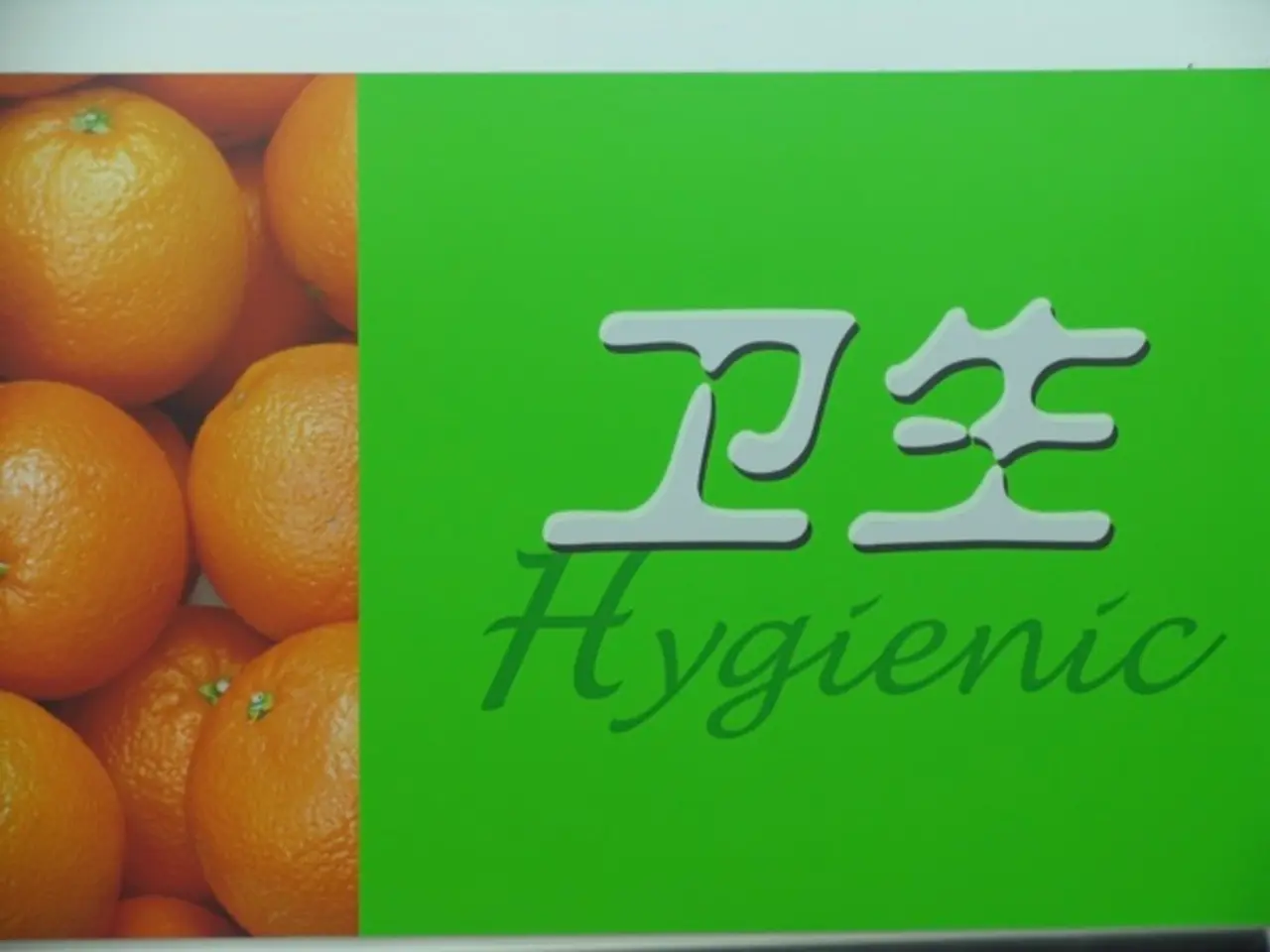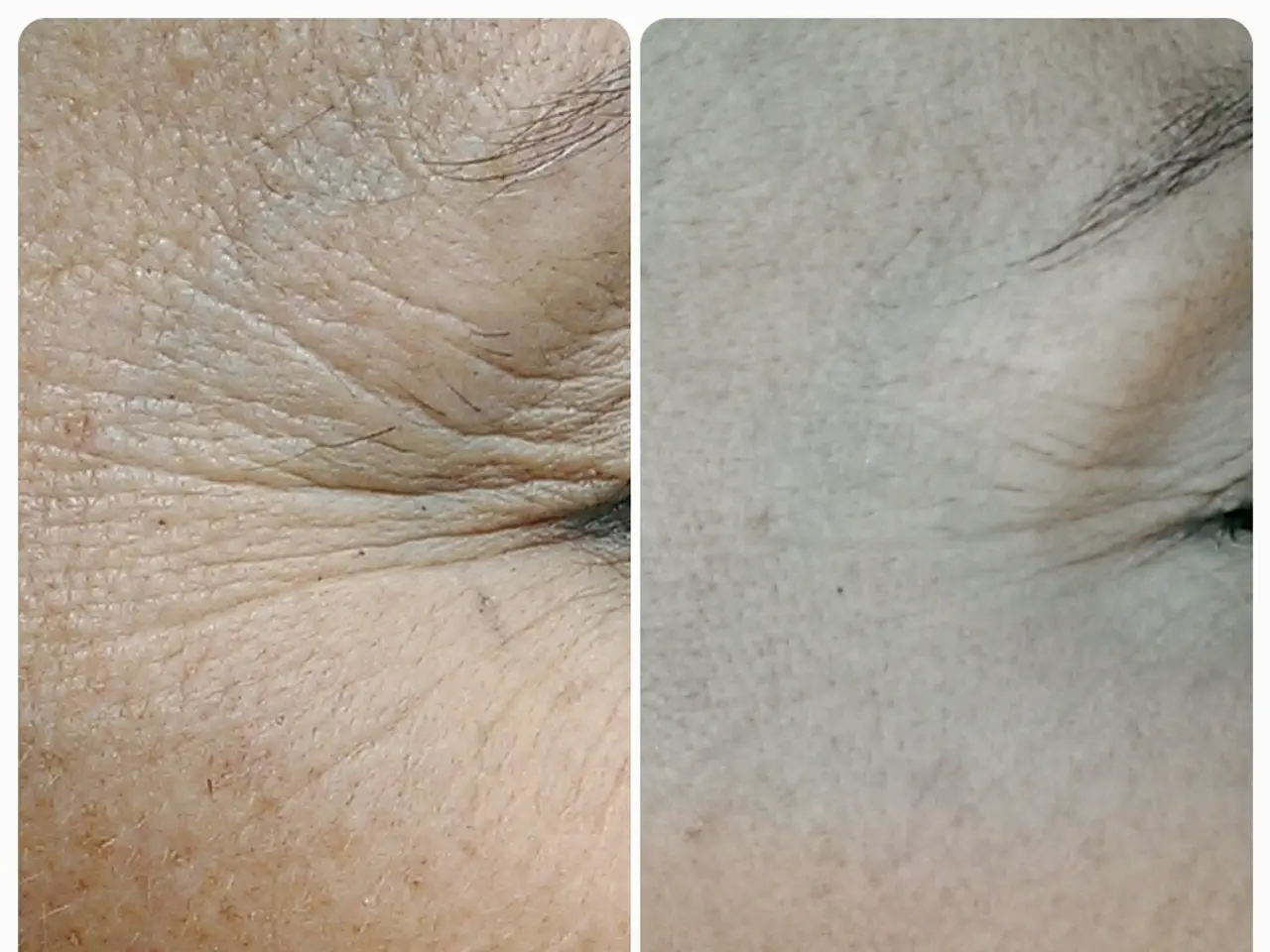Enjoy the sunshine safely this Spring, Latvia! Protect your skin from harmful UV rays.
As the days grow longer and the sun climbs higher in the sky, many people bask in the warming rays, unaware of the potential risks lurking within. Spring, often thought of as a season of rebirth and renewal, also brings an increase in ultraviolet (UV) radiation, a silent yet potent danger to our health.
The higher the sun is above the horizon, the stronger the UV radiation. This increased intensity and duration of exposure at the Earth's surface can lead to a variety of health concerns. One of the primary culprits, UVB radiation, is responsible for causing sunburn and DNA damage, becoming particularly strong in late spring through early autumn.
Seasonal changes in the sun's position, stratospheric ozone thinning, and environmental factors such as elevation and latitude contribute to this heightened UV exposure during spring. The thinning of the ozone layer allows more UVB radiation to penetrate through the atmosphere and reach the surface, while higher elevations receive more UV radiation due to the thinner atmosphere filtering less UV. Regions at higher latitudes can also experience greater UV changes seasonally.
The potential risks for humans due to increased UV radiation in spring are significant. Skin damage and sunburn, skin cancer, premature aging, eye damage, and immune suppression are all potential consequences of prolonged exposure. UVB primarily causes erythema (sunburn), which can occur more easily with higher spring UV levels. Both UVA and UVB contribute to skin cancers, including basal cell carcinoma, squamous cell carcinoma, and melanoma. Melanoma rates have notably increased in recent decades, especially in high UV areas. UVA penetrates deeper into the skin, causing oxidative stress and inflammation that degrade collagen and elastin, leading to wrinkles, sagging, and age spots with cumulative exposure starting from childhood in high UV environments. Increased UVB also heightens risks of cataracts and impaired immune function.
Protective measures such as broad-spectrum sunscreen use with appropriate SPF, wearing protective clothing, and limiting peak sun exposure in spring are crucial to mitigate these risks. It's essential to remember that even in cooler spring weather, UV radiation can still be intense, so taking precautions is crucial year-round.
In summary, the combination of higher sun angle, ozone depletion, and environmental factors such as elevation lead to increased UV radiation in spring, which raises various health risks primarily related to skin damage, cancer, and premature aging. By being mindful of these risks and taking appropriate protective measures, we can enjoy the warmer weather while minimising our exposure to the hidden dangers of increased UV radiation in spring.
CBD products, with their anti-inflammatory properties, could potentially help alleviate the skin inflammation caused by UV radiation. For those seeking overall health and wellness, mental health, and skin care, it's essential to consider the potential risks of increased UV radiation during spring and take necessary precautions, while also exploring alternatives like CBD for additional protection.




